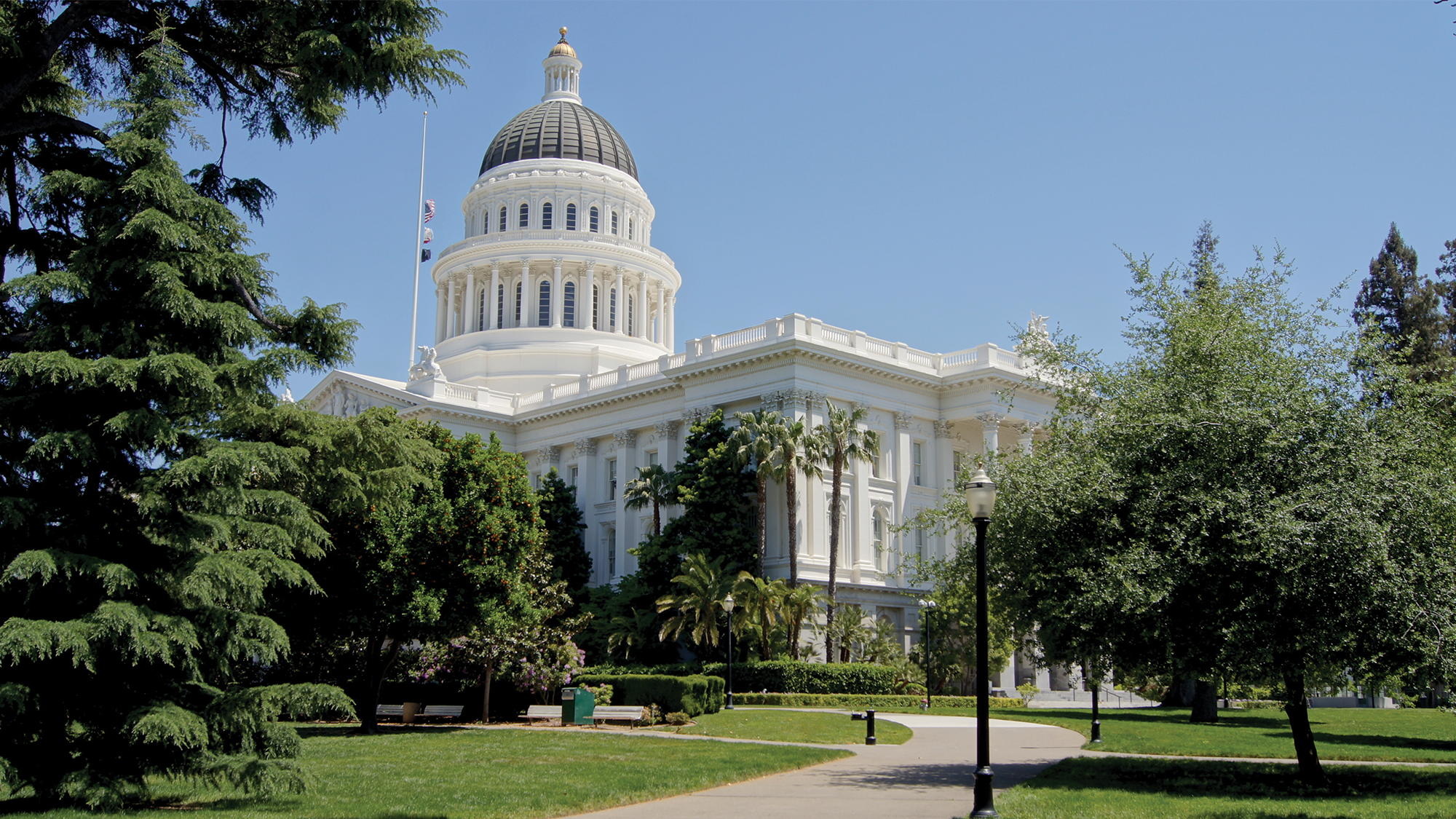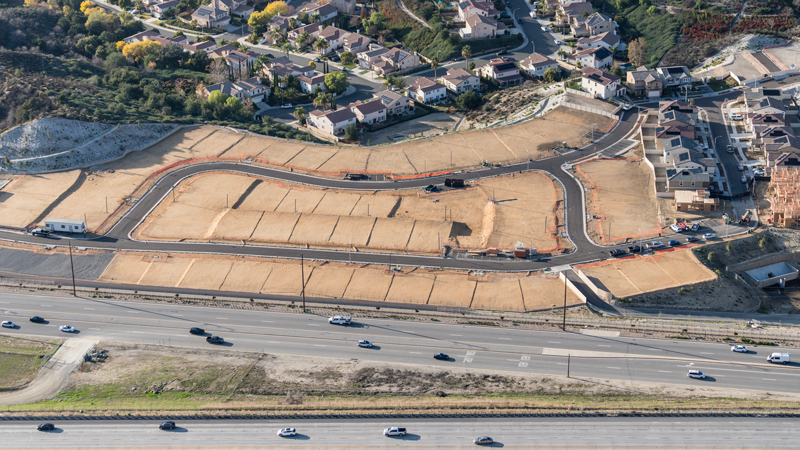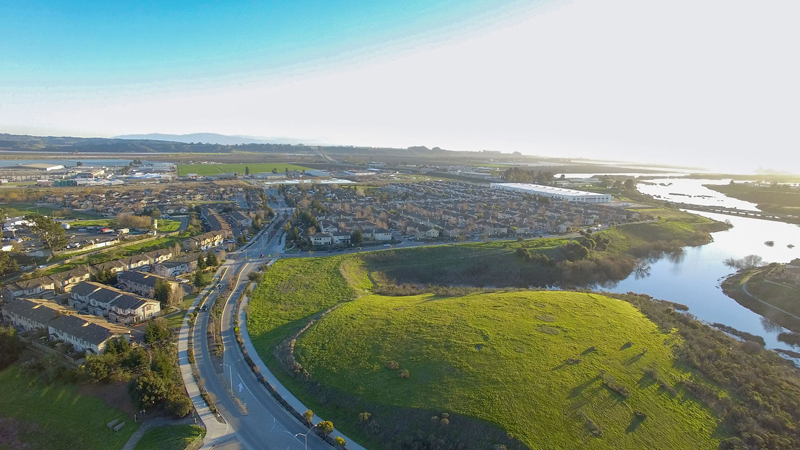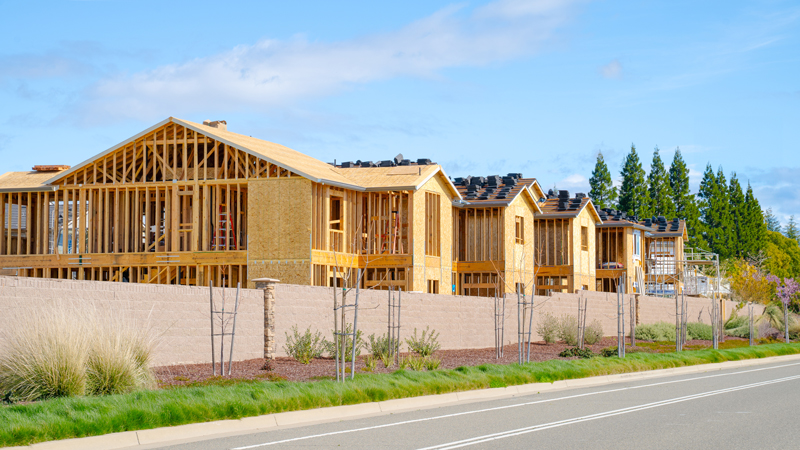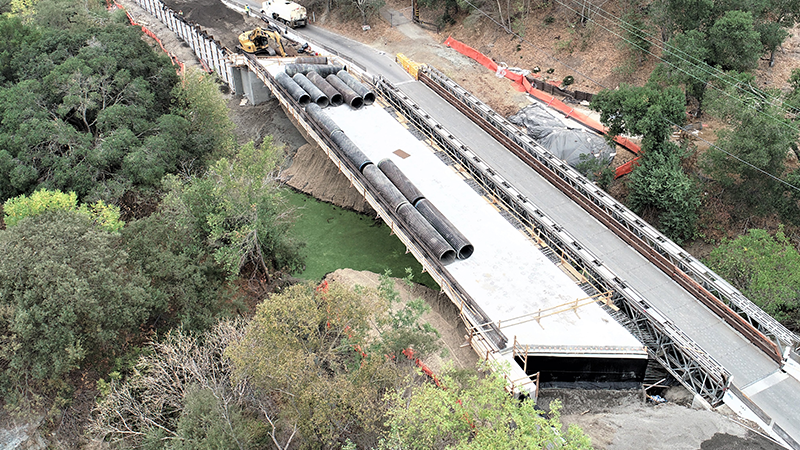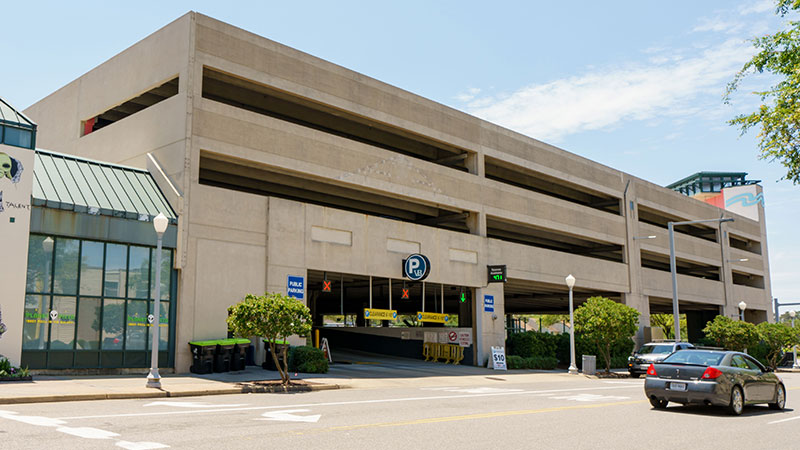Blogpost
4.8 minute read
August 08, 2017
 The wait is over. Agencies across California have eagerly anticipated the new guidelines for the Active Transportation Program (ATP), which receives $100 million/year in new funding via SB1 (the Road Repair and Accountability Act of 2017). This means $200 million in new money is now available for projects in fiscal years 2017-18 and 2018-19.
The wait is over. Agencies across California have eagerly anticipated the new guidelines for the Active Transportation Program (ATP), which receives $100 million/year in new funding via SB1 (the Road Repair and Accountability Act of 2017). This means $200 million in new money is now available for projects in fiscal years 2017-18 and 2018-19.
A few weeks ago, we wrote about preparing to capture funding from SB1. Now, we can add some meat to those bones. We’ve put together a summary of the 2017 ATP updates, including more information about fund distribution, project eligibility and the selection process.
Limitations for this Cycle
Before we dive in, you should know that the first ATP Augmentation is available only to agencies that have a project programmed in the adopted 2017 ATP that can be delivered earlier than currently programmed or projects that applied for funding in the 2017 ATP but were not selected for funding. Fortunately, since $100 million of additional funds will arrive in the Road Maintenance and Rehabilitation Account each year, more agencies can join in with the next cycle in early 2018—if your planning begins now.
This is just the first program with new funds available through SB1. Many other programs are preparing their guidelines and some are holding workshops.
Distribution of Funds Who gets what share of the added $200 million? ATP funding is divided into three components and distributed among them as follows:
- 50% to the state for a statewide competitive program
- 40% to Metropolitan Planning Organizations (MPOs) in urban areas with populations greater than 200,000 for the large urbanized area competitive program
- 10% to small urban and rural regions with populations under 200,000 for the small urban and rural area competitive program
Project Eligibility
As noted, the pool is limited to active stakeholders: Agencies that already submitted an ATP project application for the 2017 cycle, including those whose applications didn’t receive funding. Submissions must have been postmarked by August 1.
Note: There’s a slight chance this pool could expand by way of a supplemental call for projects. That would only happen if there aren’t enough viable projects from the contingency list to fully use the funds. (Don’t hold your breath on that one, though.)
Projects that receive funds in the 2017 ATP have to remain in the component in which they were originally funded (statewide, MPO, small urban/rural). The only exceptions are for projects that received funding for only one of their originally requested phases (due to insufficient ATP funds in the MPO component). In this case, an applicant could request funding for these other phases in the statewide component.
Applicants may not request more ATP funding than they originally requested. But they may shift requested funding amounts between components as long as there is no net increase in requested funds. Applicants can also request less than their original request if they’ve received funding from other sources and can still deliver their project’s full scope.
In any case, projects must deliver the same or greater benefits than proposed in the original application.
On a separate note, the entire Road Maintenance and Rehabilitation Account consists of state funds. Therefore, projects don’t need to be eligible for federal aid. This is true despite ATP’s joint state and federal roots (which we’ll mention in a moment).
Selection Process
The ATP, which is part of the California Transportation Commission, combines various transportation programs under a single umbrella. These include the federal Transportation Alternatives Program, state Bicycle Transportation Account, and federal and state Safe Routes to School programs. This consolidation is designed to:
- Increase biking and walking, as well as the safety for non-motorized transportation
- Increase mobility and safety for non-motorized users
- Help regional agencies achieve their greenhouse gas reduction goals
- Enhance public health, including the reduction of childhood obesity, through the use of projects eligible for Safe Routes to Schools Program funding
- Ensure that disadvantaged communities fully share in program benefits (25% of the program)
- Provide a broad spectrum of projects to benefit many types of active transportation users
All projects applying for 2017 ATP Augmentation funding, including projects with no changes to the schedule or funding plan, must submit supplemental application material:
- Updated schedule and funding plan using a Project Programming Request Form
- Authorization letter, signed by the Chief Executive Officer or other authorized officer, confirming that the project can be delivered in the proposed time frame and that it’s still fully funded
- Optional: A one-page application update that explains any significant changes to the project since the original application; this will be used for project scope clarifications only and not result in a revised score
Projects will be selected based on their 2017 ATP score and deliverability. Since most of the funding will be available for 2017-18 and 2018-19 (as opposed to 2019-20 and 2020-21), you earn higher marks for delivering more components in the first two fiscal years.
By August 1, you needed to send a package to the California Transportation Commission with five hard copies and one electronic copy. You needed to send an additional copy to the Regional Transportation Planning Agency or County Transportation Commission within which the project is located and yet another copy to the Metropolitan Planning Organization. (See the “CA MPO & RTPA Contacts” list.)
Looking Ahead
These are exciting times as agencies have new opportunities to seize significant increases in funding. As these programs roll out, we’ll keep on top of them and share the details with you. If you have any questions in the meantime about SB1, please share them here. We’ll do our best to answer them.
